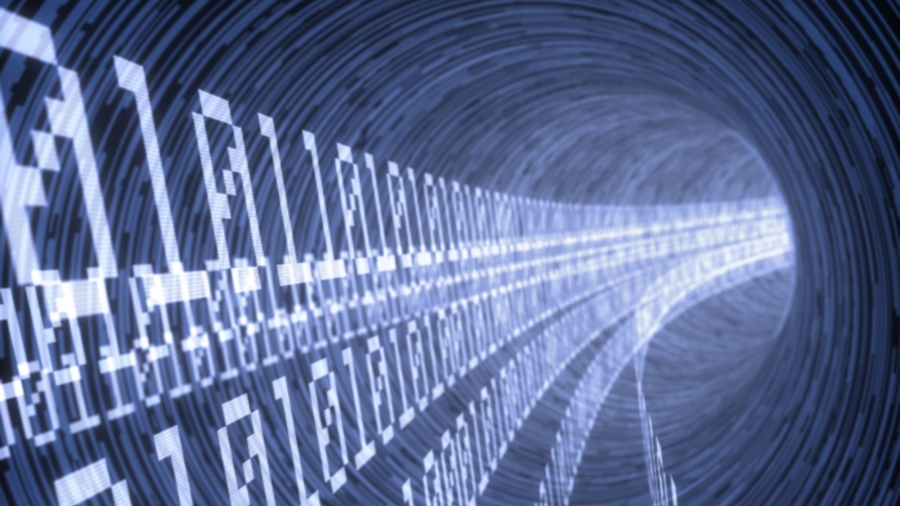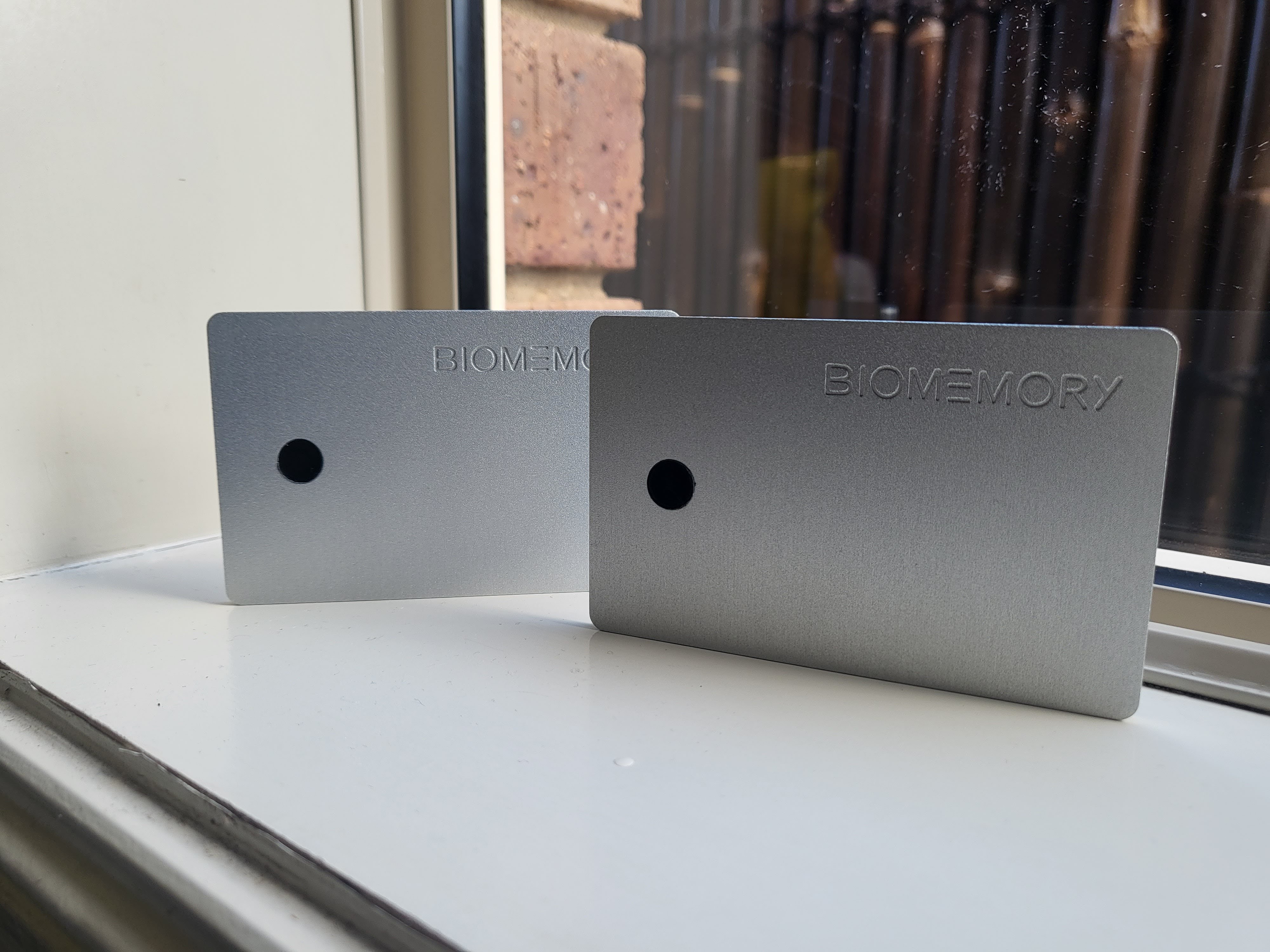I held the future of data storage in my hands and it couldn't look weirder - 2024 could be the year DNA storage goes mainstream and it couldn't come sooner
A €1,000 DNA card drive with a 1KB capacity is not what you’d expect the future of storage to look like, and yet...

This is a hands-on “review” like no other. Indeed, this is a product that has no equivalent right now, That said, this is a product that is so limited in scope that there’s no real market for it. Yet...
Don’t underestimate its impact though: DNA storage is the future of data storage and it can’t be otherwise given the current rate of growth of global data production, new use cases like generative AI and how much power is associated with producing and storing bytes.
TechRadar Pro has written extensively about this exciting new medium and I believe that 2024 could be the year when DNA storage really reaches maturity with big storage players like Microsoft and Seagate delivering timelines and moving from theory to reality to really validate this market. Forget ceramic, glass, holograms, silicon, and so many other types of storage media; DNA is the real deal.
Biomemory DNA storage
French startup Biomemory became the first company to ship a DNA storage device to the general public. With an initial launch sticker price of of €1,000 and a capacity of 1KB, this is more of a proof of concept. The card I received is already loaded with a read-only message: Citius, Altius, Fortius - Communiter (Faster, Higher, Stronger - Together), the motto of the modern age Olympic games, which will be held in 2024 in Paris, France, the home city of Biomemory.
The paragraph above is 476 bytes long and would translate into a series of corresponding fundamental building blocks (e.g. AGACAGTCAGTGACTCAGTC). After purchasing the card, you can send your text and you can test the retrieval of your data using a free sequencing process provided by Eurofins Genomics. This is a destructive process so one DNA card will be lost which is why two copies are provided.
The medium I received was a brushed metal slab the size of a credit card with the Biomemory logo stamped on the top right end side: the card itself is about 4mm thick and weighs around 30g. The actual DNA storage is a black circle, roughly 8mm in diameter. Other than storing it in a safe place, there’s nothing you can do with it. You can read, copy or write on it. There’s two notches at the back to help with the extraction of the DNA as well as two QR codes and a unique ID. A letter - from Biomemory’s CEO - accompanied the two cards.

Future iterations are likely to be very different in capacity, format and speed. By 2026, Biomemory plans to launch a 100PB self-enclosed DNA card with a $150,000 price tag with 1,000PB (one Exabyte) expected to be rolled out by the end of this decade.
Are you a pro? Subscribe to our newsletter
Sign up to the TechRadar Pro newsletter to get all the top news, opinion, features and guidance your business needs to succeed!
The cheapest storage media at the time of writing - LTO tapes - cost about $4 per TB or $400,000 for 100PB, excluding CAPEX/OPEX costs associated with physical storage, power consumption and handling of about 8,000 LTO-8 tapes.
The CEO of the company, Erfane Arwani, quoted write speeds of 3MB per second using a separate reading module. That’s just under 11GB per hour or 96TB per year. It would take 1,000 years to fill the 100PB card although exponential improvements in read/write speeds are likely to cut that by several orders of magnitude. Remember that the actual media will never change (DNA is, after all, immutable) but the interface will evolve the way interfaces and ports have over the past few decades (e.g. MCA to PCI-e or ATA to NVMe).
More from TechRadar Pro

Désiré has been musing and writing about technology during a career spanning four decades. He dabbled in website builders and web hosting when DHTML and frames were in vogue and started narrating about the impact of technology on society just before the start of the Y2K hysteria at the turn of the last millennium.